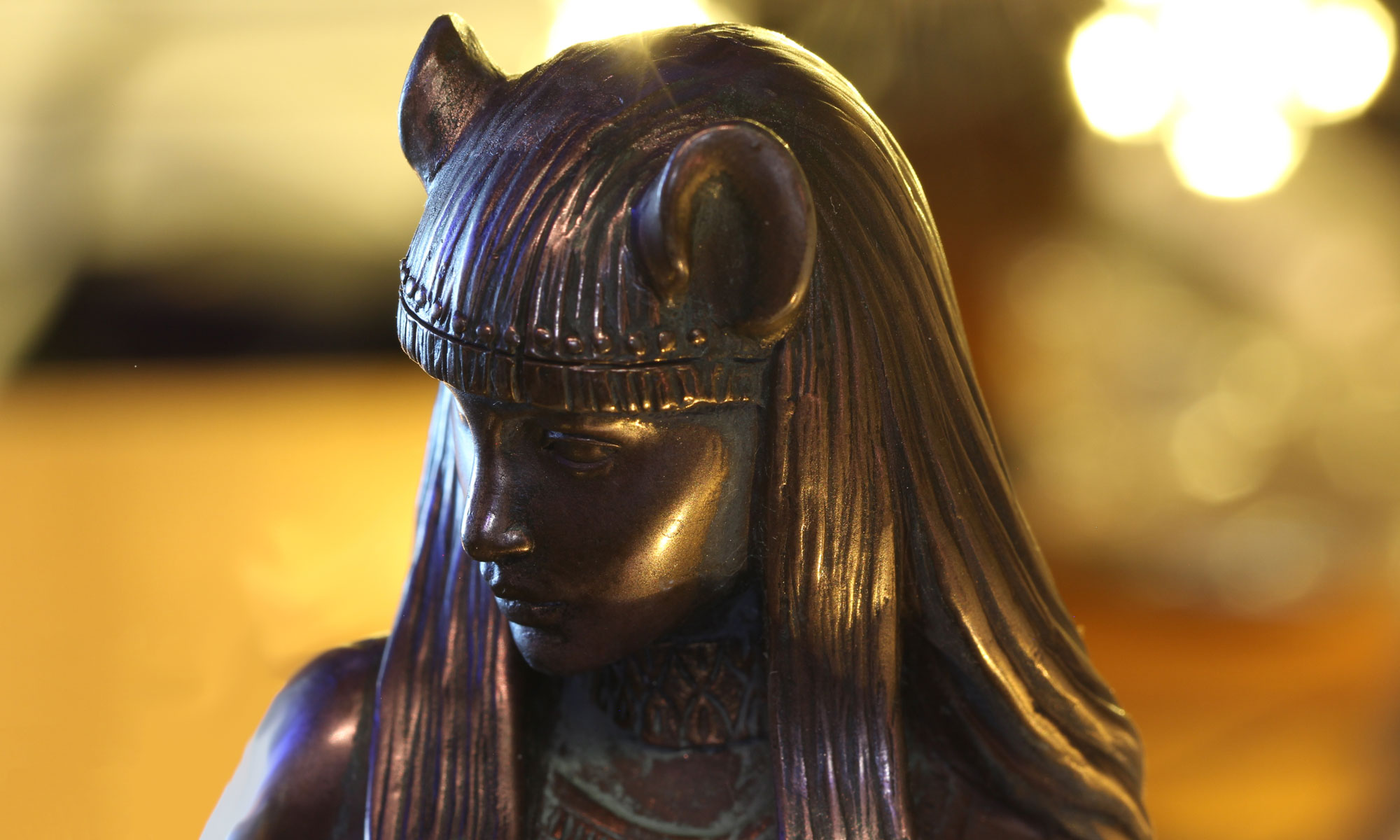February 22, 2020
2pm Eastern Standard Time
ASWM Online Scholar Salon with Filmmaker Emily Packer
La Frontierra Chingada is a 2015 poetic non-fiction film about motherhood on the US-Mexico border. Mythic figures like Tonāntzin, the Virgin Guadalupe, la Llorona and la Chingada, manifest themselves at Friendship Park–a space where families on either side of la frontera can come together, but meet there under extreme conditions of surveillance. Guided in part by conversations with the filmmaker’s matrilineal family, the film concerns itself with relationships betweenwomen’s bodies, space, and the shared land and history in the San Diego-Tijuana region.

Emily Packer is an experimental non-fiction filmmaker with an interest in border culture and border theory. She says, “A huge part of my trepidation in making this film was about not wanting to presume to be able to make a relevant film about the border as an Anglo American filmmaker. But I think it’s incredibly important for white artists to make reflexive work about the border, given that we are implicated in its existence, and that our understanding and perspective shift is necessary to improve the situation (which includes death, dehumanization, and forced separation of family). At some point I gave myself permission to trust that I could make meaningful art about the border, and that the story I had to tell was important.”
See the one-hour film, available now in ASWM’s member-only resource library, and join us for a conversation with Emily about crossing and transforming borders that separate us. The Salon discussion will be moderated by Natasha Redina, a filmmaker and ecotherapist who is a member of ASWM’s advisory board.







You must be logged in to post a comment.